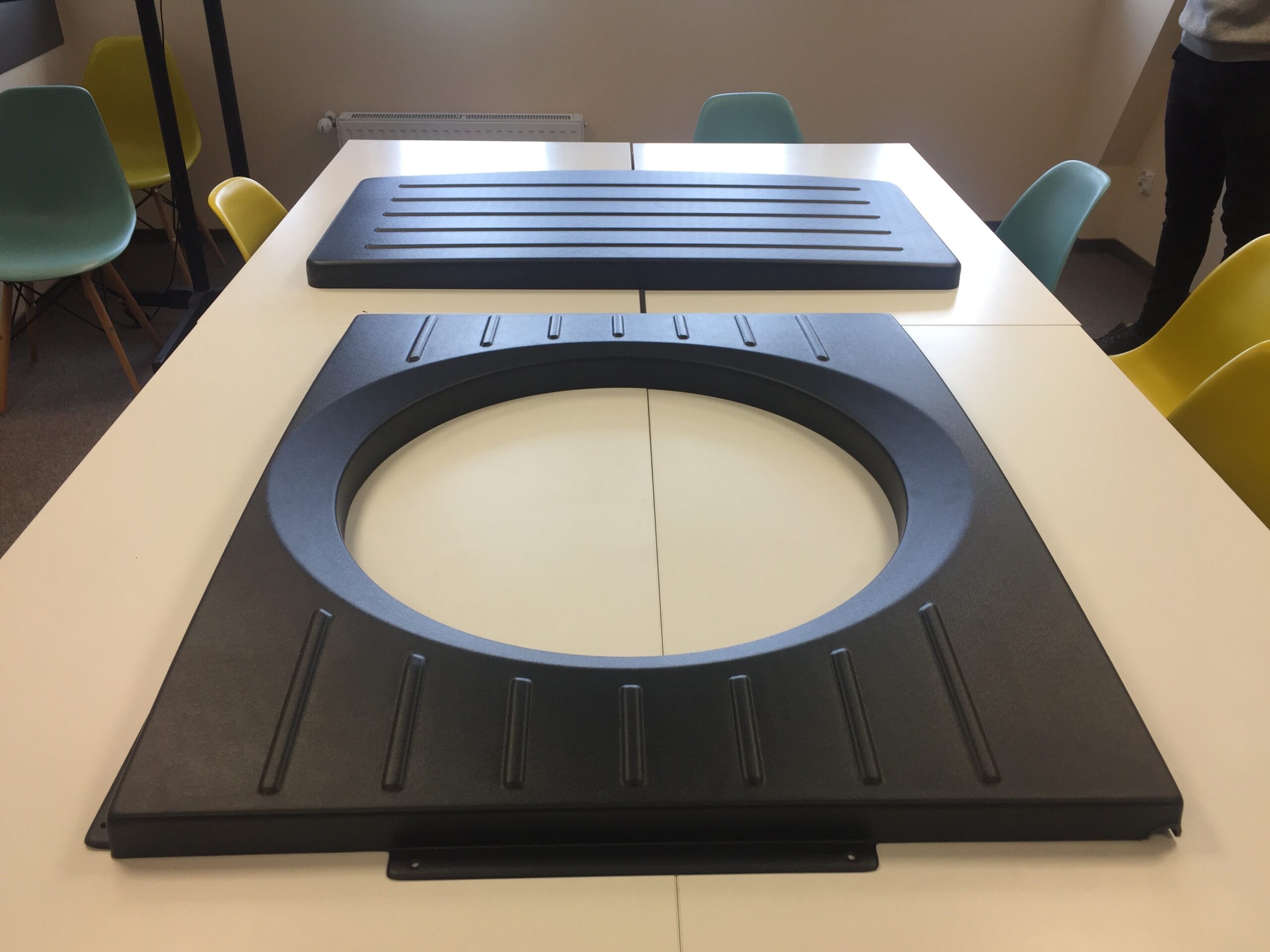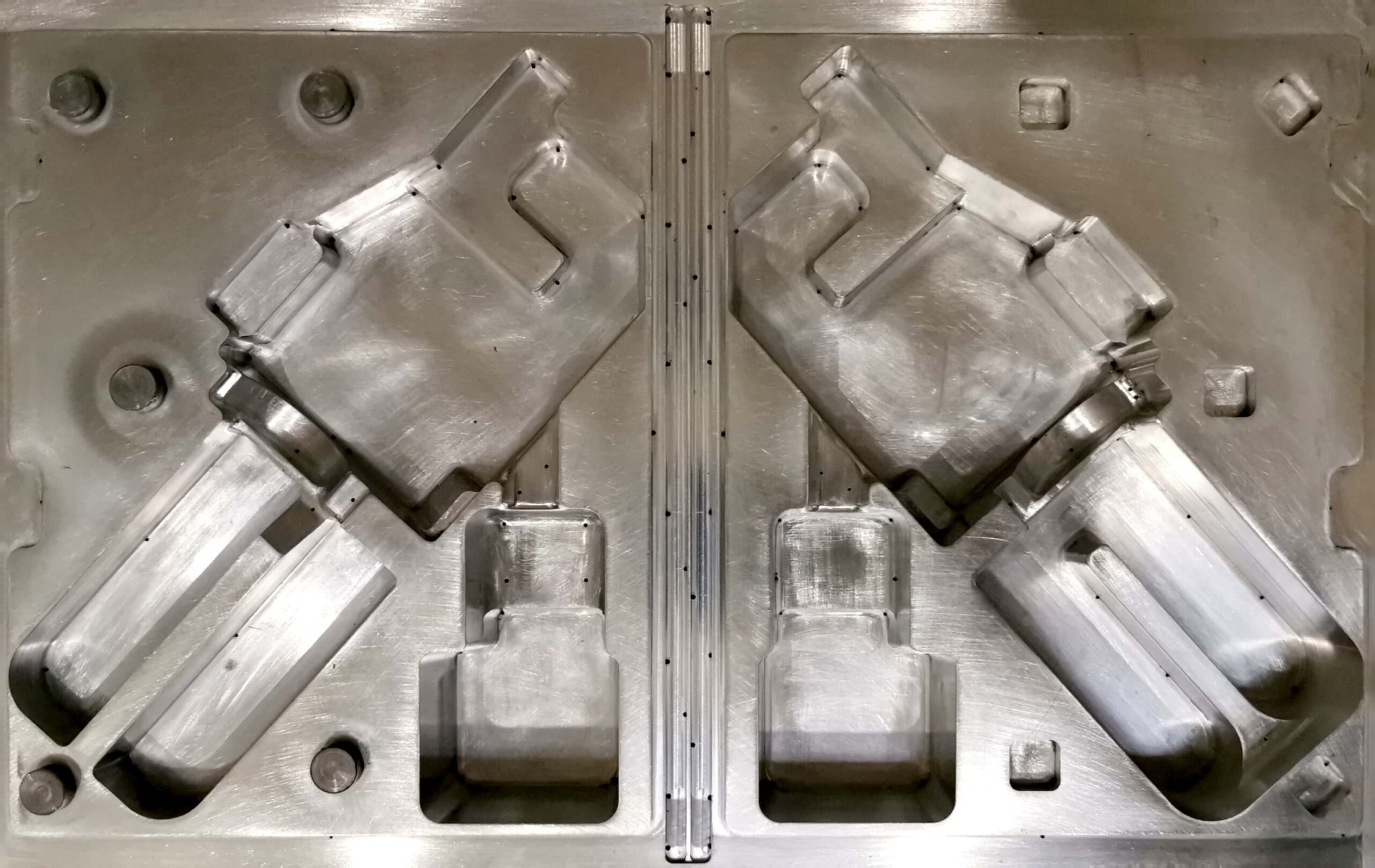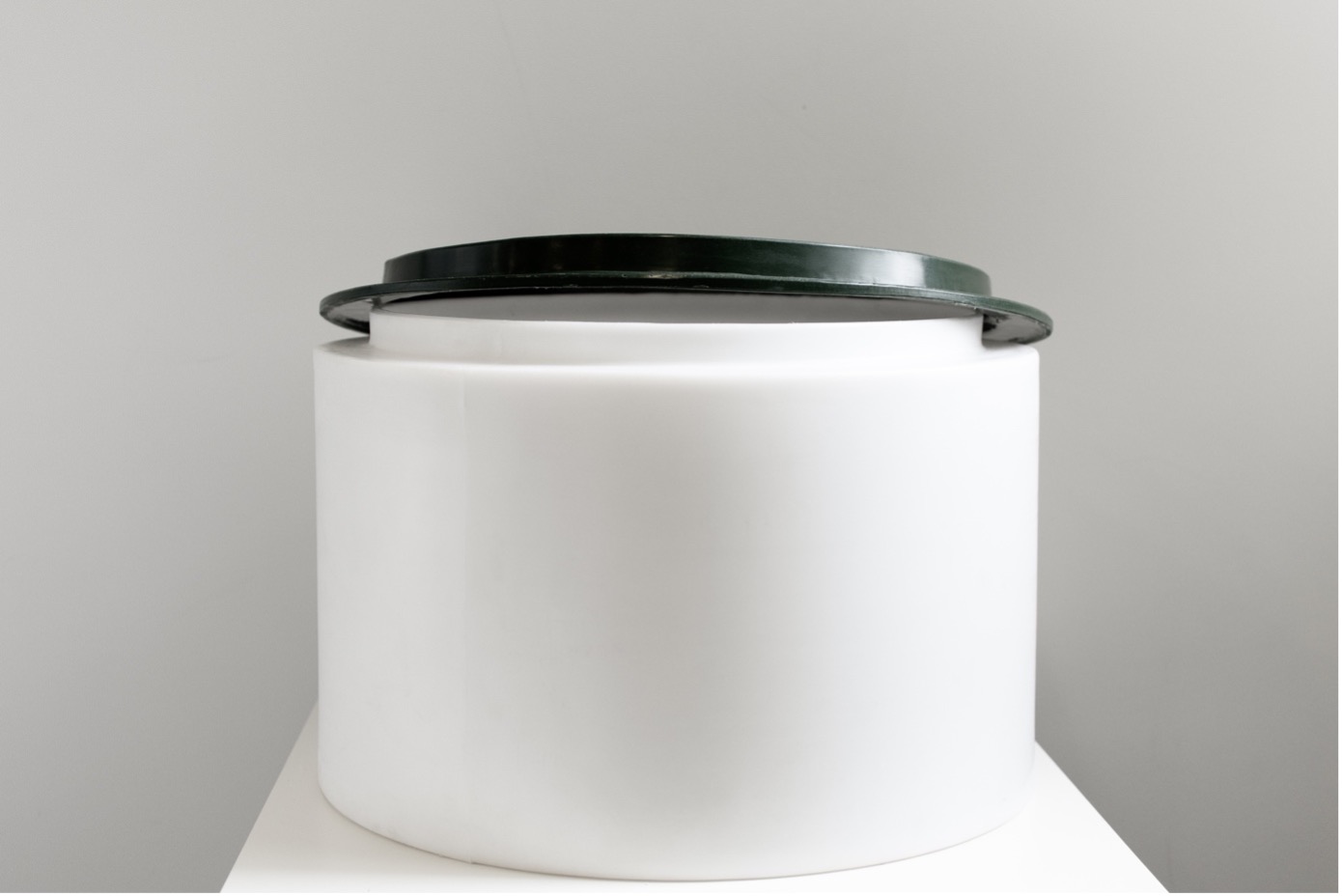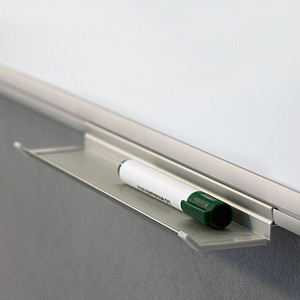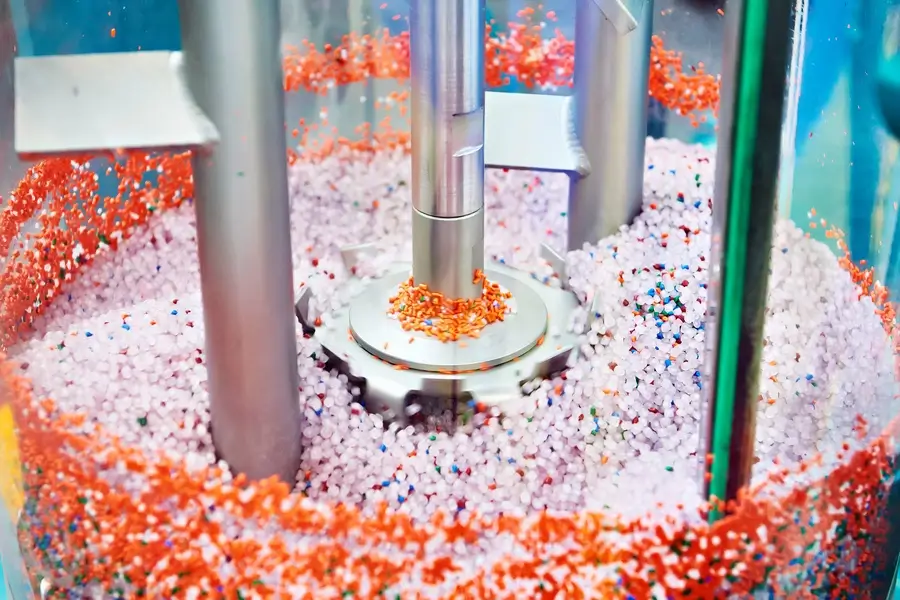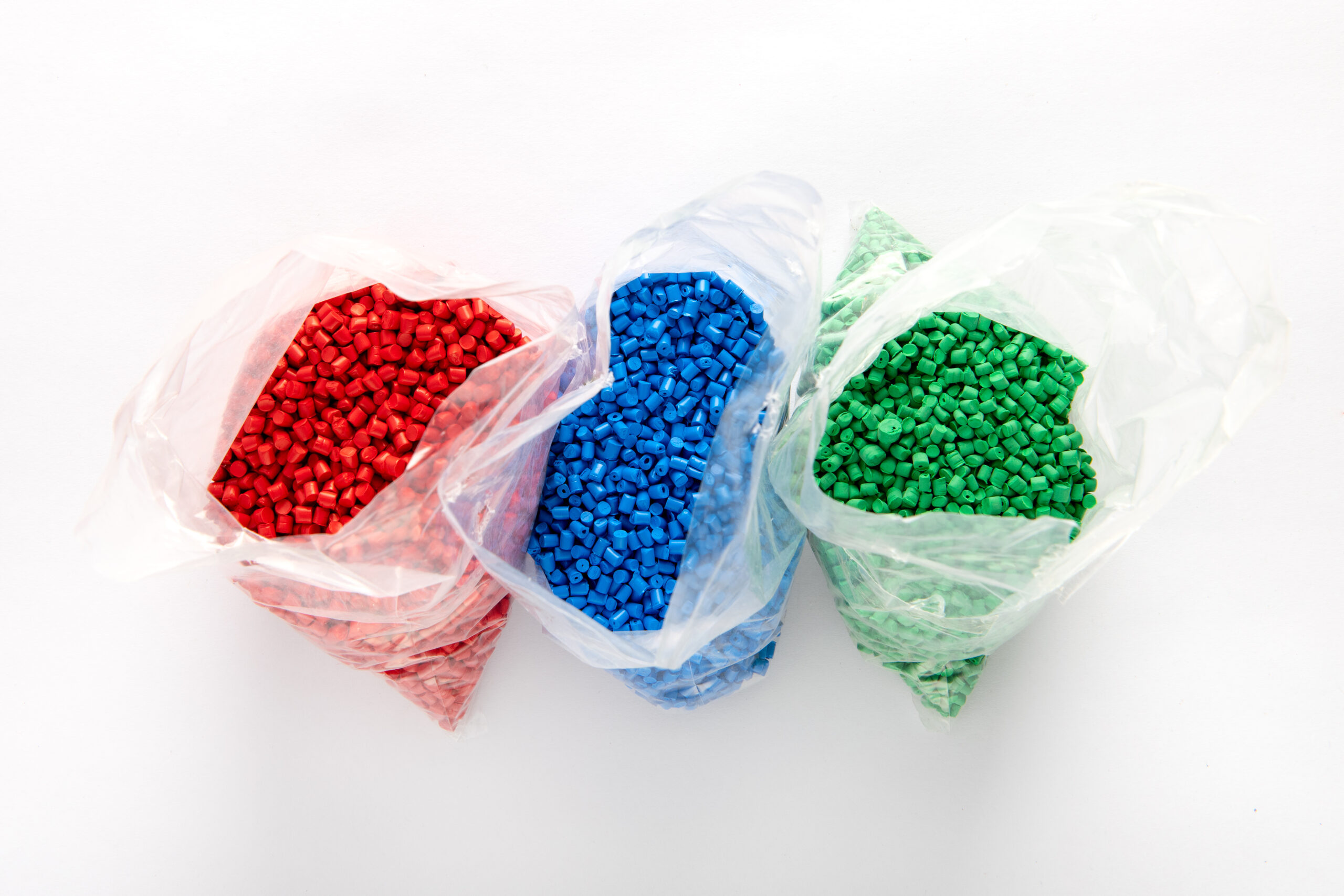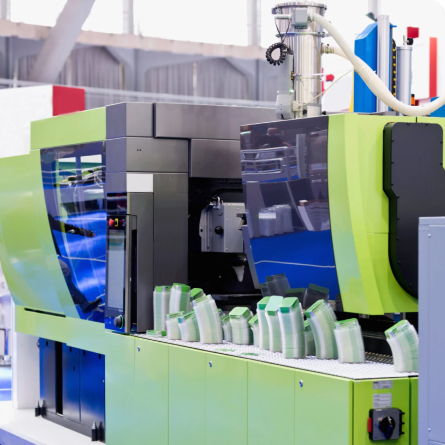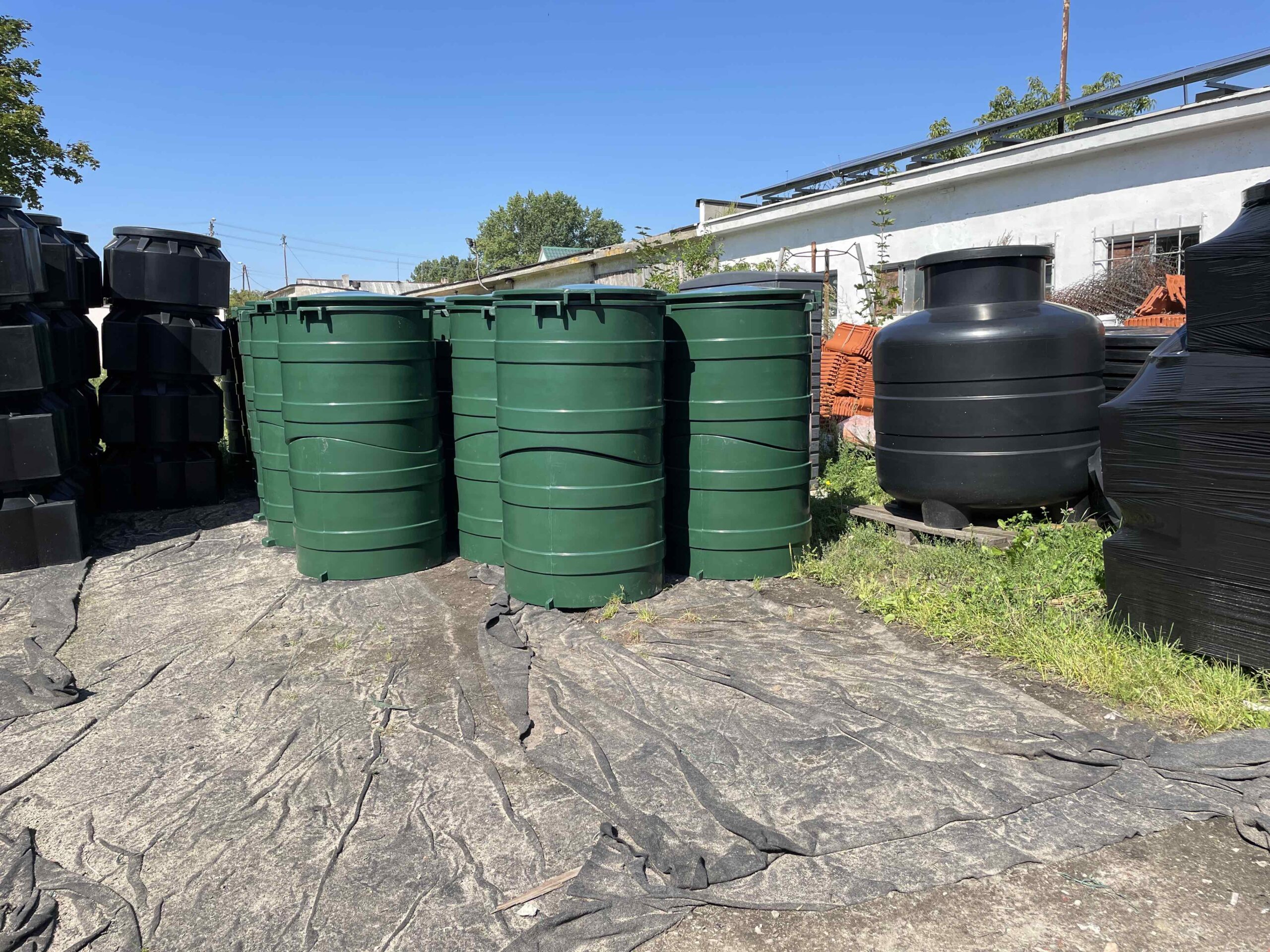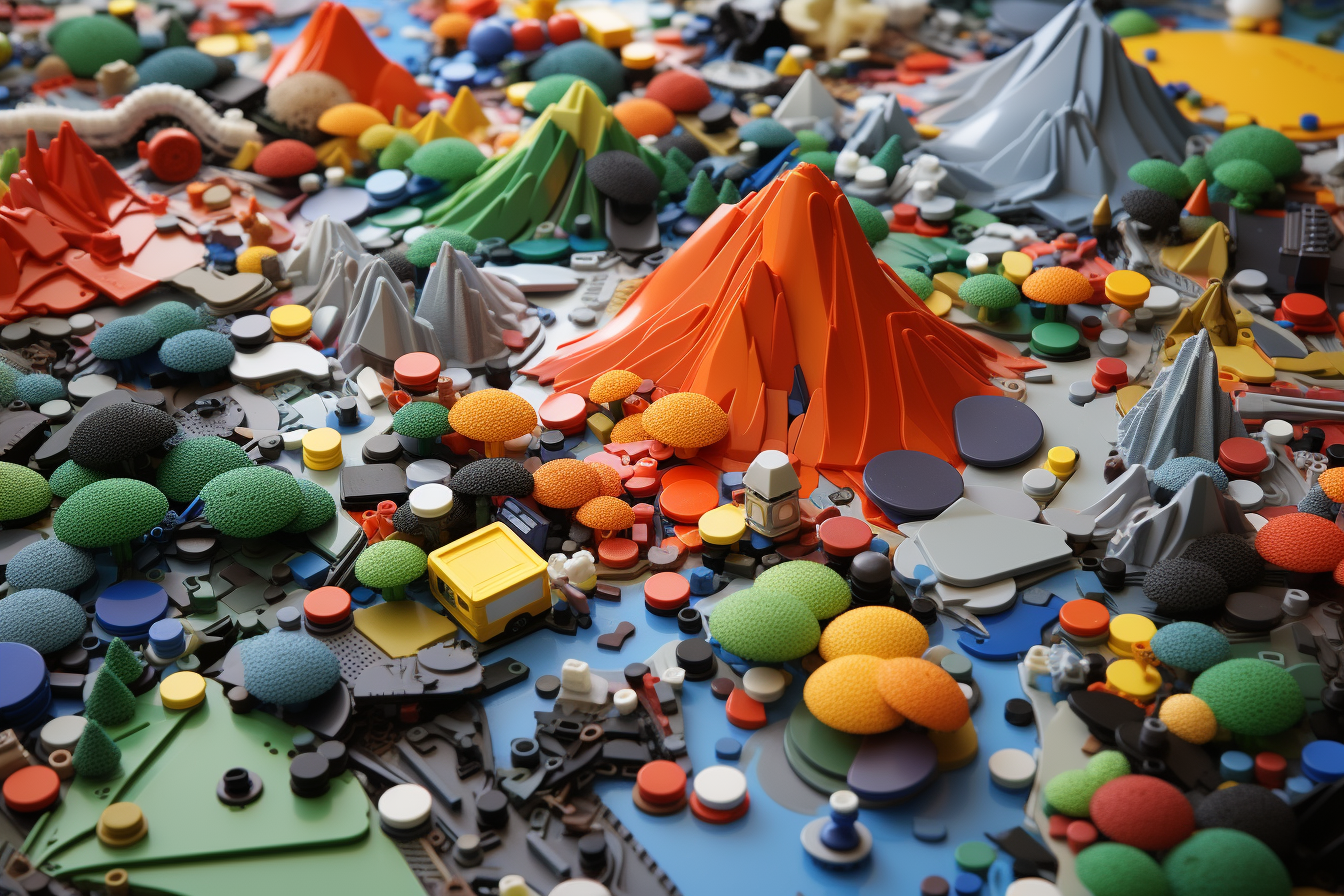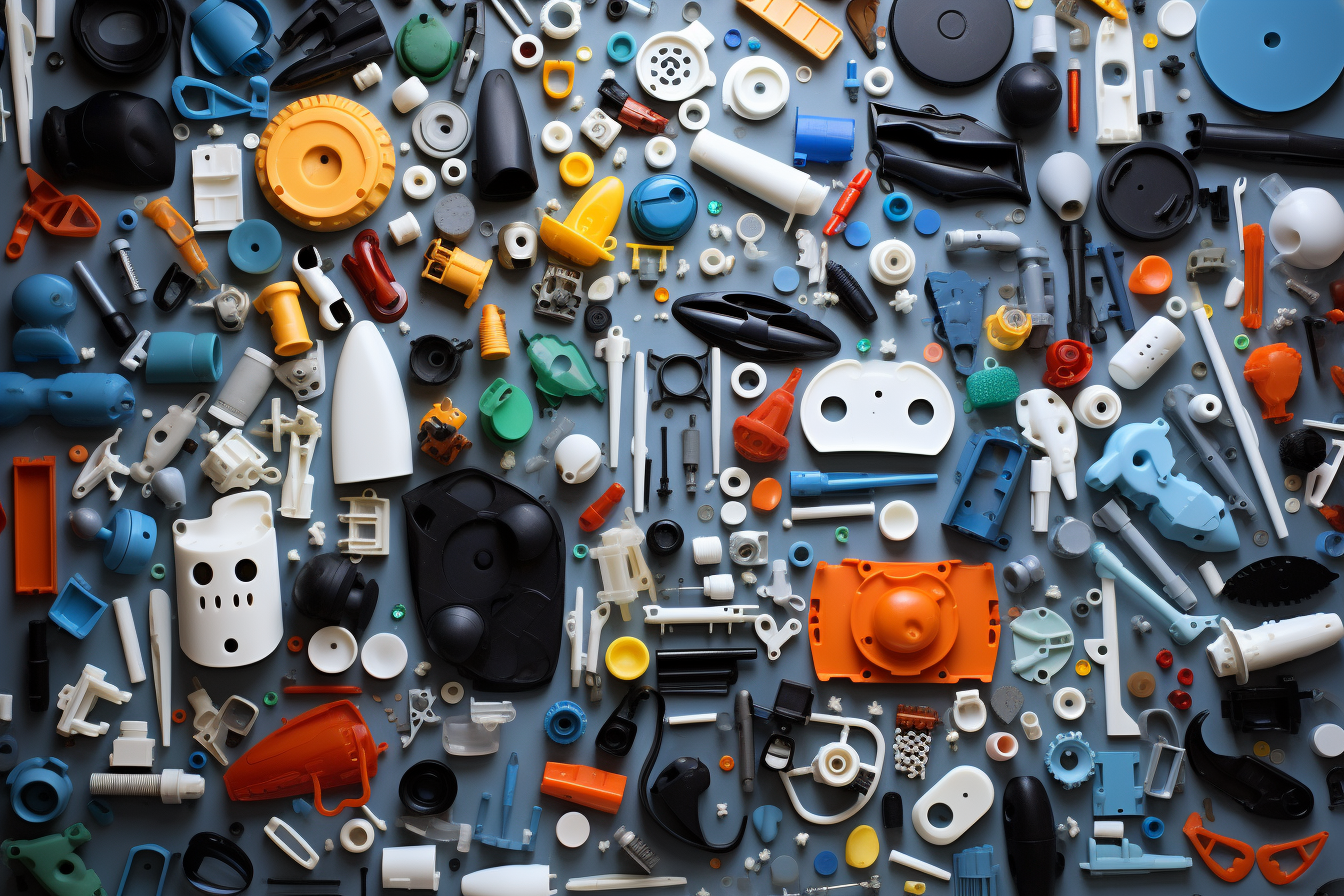Rotomoulding is one of the most important plastic production technologies in today’s industry. Given the dynamic changes in this market, it’s worth considering which production method best suits your company’s needs. We present 11 decisive arguments in favor of rotomoulding. Take a look at them and see if this technology meets your expectations.
What exactly is rotomoulding?
Rotomoulding (also known as rotational molding, rotomolding, or rotoforming) is one of the more modern methods of shaping plastics, used across various industries and for various items. Rotational molding has many applications and is suitable for both medium and large plastic products, allowing for precise customization of specific products to meet particular requirements.

Products that are created using the rotomoulding technology:
Rotomoulding is a cost-effective technology, making it suitable for various applications and enabling mass production of products in various sizes, such as:
- manholes;
- industrial tanks;
- insulated containers, pallet boxes;
- trash bins, planters and garden furniture, water barrels;
- bollards, posts, and road signs;
- kayaks, boats, floats, buoys, pontoons;
- toys and playground equipment;
- decorative products (both outdoor and indoor);
- designer items (e.g., lamp components);
- machine enclosures;
- and many more.
Importantly, rotomoulding provides a fast implementation process for new products and minimizes material waste during the production process.
In some cases, it is even cost-effective to produce short runs of items or a single production run of large-sized products.
If you want to learn about the step-by-step process of rotational molding, visit the Rotational Molding subpage.
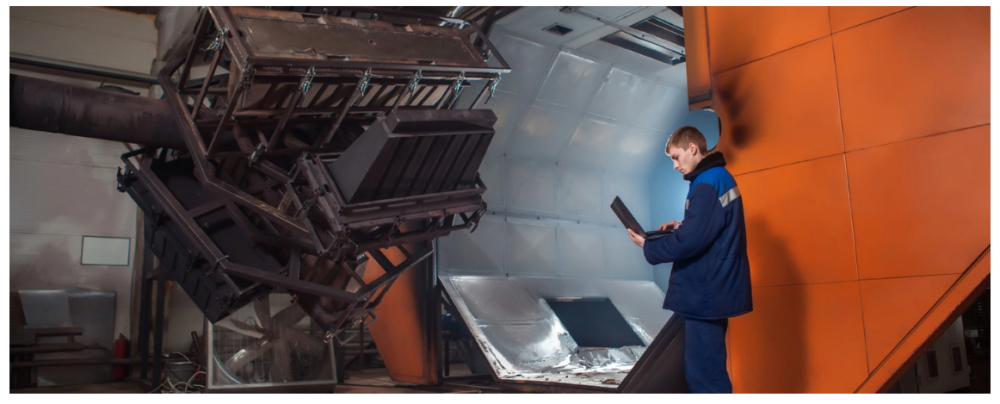
Rotomoulding: From design to production.
Production can only begin after the design and fabrication of the rotational molding mold. Manufacturers offer technical support, design, mold construction, and project preparation as part of the rotomoulding service.
Don't wait!
Tailor the technology to your needs to reduce plastic production costs.
What types of molds do we use in rotational molding?
There are two types of molds used in rotomoulding: aluminum and steel molds. Aluminum molds offer greater precision and are better suited for complex product shapes and those with variable geometry. On the other hand, the lower cost of steel molds makes them a preferred choice for simpler items and when cost reduction is necessary.
What materials are used in the production of products through rotational molding?
The most commonly used materials for rotational molding are plastics from the polyethylene family, particularly linear low-density polyethylene (LLDPE). Other types of polyethylene like low-density polyethylene (LDPE), high-density polyethylene (HDPE), and cross-linked polyethylene (PEX) are also used. Whenever possible, regrind, which is recycled plastic material (typically in black color), is utilized. Importantly, all materials used in this technology are in the form of powder.
Interested in this technology? Read a practical guide to the rotomoulding technology and get to know the details of the production process.
When to choose rotomoulding?
We present the most important criteria that speak in favor of choosing the rotomoulding technology. Read on to find out when rotational molding will be the best choice for you.
1. Product size
Rotomoulding is a great solution when dealing with medium to large-sized products, and for large-sized products, it is undoubtedly the best option available in the market.
2. Production volume
Rotomoulding technology is a good solution when the annual production of the product is serial production but not mass production, falling within the range of 100 to 10,000 units annually. Additionally, in some cases, short-run production is even possible.
3. Durability
Rotomoulding is a good solution when we need durable products with various shapes. The uniform wall thickness of the final product results in consistent mechanical properties, ensuring that the product maintains its shape even during long-term use.
Importantly, rotomoulding production creates a homogeneous product. There is no need to join multiple parts, which eliminates weak points that typically occur at welds or adhesive points.
Don't wait!
Tailor the technology to your needs to reduce plastic production costs.
4. Assembly
Choose the rotomoulding process, especially when the final product requires the inclusion of additional assembly parts such as threaded elements, bushings, pins, or rings. The necessary assembly parts are covered by molten plastic in the production process and become an integral part of the casting.
5. Hollow interior components
Rotomoulding molds allow for the creation of products with hollow interiors, which contributes to material and transportation cost savings.
Rotomoulding is suitable when tanks are within your area of interest, especially those discussed in the next point, which require insulation.
6. Insulation
Rotomoulding is a good solution when insulation needs to be applied to the produced tank. This plastic forming technology allows for the addition of various materials to different layers and their combination in one mold.
7. Production cost
Rotomoulding is also a good solution when, despite the large size of the product, you want the mold cost to be low. The cost of creating such a mold is approximately 6 times lower than a mold of the same size used in injection molding technology.
8. Aesthetics
Rotomoulding is a good solution if you plan to produce aesthetically demanding products. However, it’s important to remember that products with complex shapes require the use of aluminum molds.
An important factor influencing the aesthetics of products produced through rotational molding is that all stages of the production process, such as heating, melting, forming, and cooling, take place within the mold, and no external pressure is used. This eliminates unsightly seam lines that can appear on the surface of products in other plastic processing technologies.
9. Color range
Rotomoulding is a good solution when you want to obtain products in various colors because plastics in all shades of the RAL color palette are available on the market.
Interestingly, mass-produced plastic toys are the result of combining several advantages of rotational molding technology, such as high aesthetics, a wide range of colors, and durability.
10. Weight
Rotomoulding is a good solution when you need products with a weight ranging from tens to hundreds of kilograms, which cannot be achieved in injection molding or extrusion technology due to the structural limitations of those processing machines.
11. Replacing plastic lamination with rotational molding technology
It is a good solution when you want to replace the previously used lamination method with a more automated and aesthetically pleasing production method. Explore the most compelling reasons for making this change:
- high production repeatability,
- uniform mechanical and functional properties of the product,
- lower unit product cost,
- high aesthetics of products,
- several times increased process efficiency.
A detailed comparison of these methods and their costs can be found in the article “Using Rotational Molding Technology to Replace Laminated Products.”
Summary
While the final product using rotational molding stands out for its durability, aesthetic finish, and high resistance to external conditions, which is crucial for many industrial sectors, it’s important to consider one more aspect. The quality of the final product is closely tied not only to the technology but also to the quality of the material used and the appropriate mold design. Therefore, it is essential to entrust production to a business partner whose in-depth knowledge and true expertise in rotational molding technology allow them to advise you on the best solutions in all these areas.
If you want to start regular production of plastic products, begin a partnership with Plastipol, and we will help you reduce waste and minimize costs.


